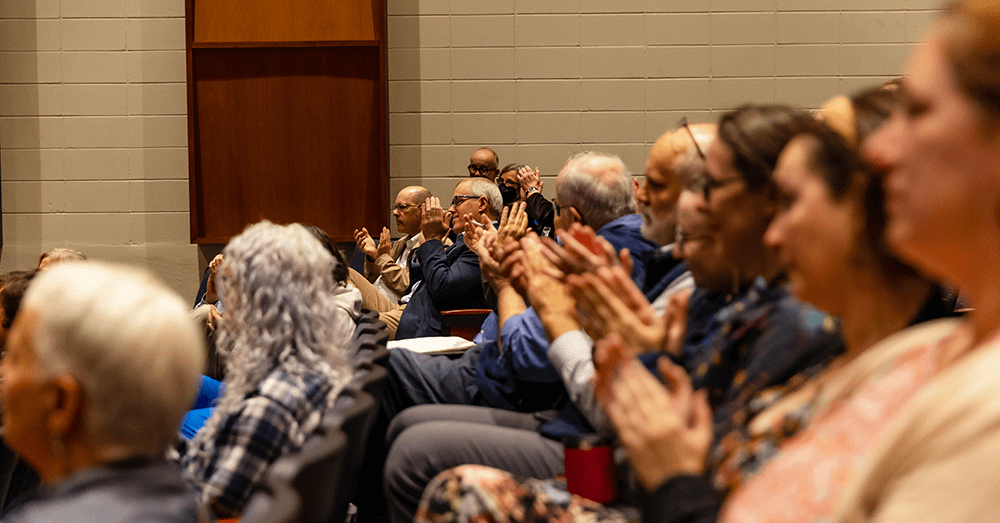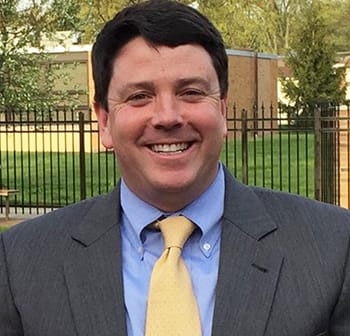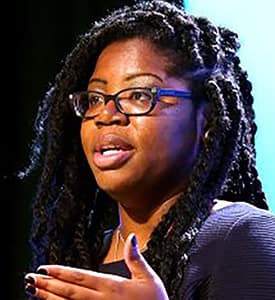Brizard of physics faculty has key role in ‘building a star on Earth’
Recent breakthrough news out of England concerning fusion energy lands right in the wheelhouse of theoretical fusion plasma researcher from Saint Michael's
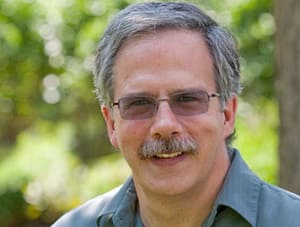
Alain Brizard
Watch Alain Brizard’s TV interview with WCAX anchor>>
Fusion energy – the deeply challenging science of “building a star on earth” to possibly save the planet one day with safe and efficient energy — had a major breakthrough in news out of England in recent weeks, commanding close attention from Alain Brizard of the Saint Michael’s College physics faculty.
Brizard had been among the world’s leading theorists in theoretical fusion plasma research for nearly 40 years. “Based on the theory, I transform the physics equations into mathematical models that can be used in the computer programs that simulate real experiments,” Brizard said. Such work is a vital step in fusion research and development, which would be too complex and costly to allow meaningful progress absent the predictions of the sort that Brizard and his colleagues make. Brizard’s particular expertise is plasma physics, the realm in which fusion shows its promise. The Saint Michael’s professor’s direct association with fusion initiatives is primarily focused with the International Thermonuclear Experimental Reactor (ITER) fusion reactor in France.
A report from the BBC about this month’s news in early February laid out why it is significant: “The UK-based JET laboratory has smashed its own world record for the amount of energy it can extract by squeezing together two forms of hydrogen. If nuclear fusion can be successfully recreated on Earth it holds out the potential of virtually unlimited supplies of low-carbon, low-radiation energy. The experiments produced … more than double what was achieved in similar tests back in 1997. It’s not a massive energy output – only enough to boil about 60 kettles’ worth of water. But the significance is that it validates design choices that have been made for an even bigger fusion reactor now being constructed in France.”
“I started work in 1985 as a student in fusion plasma physics at Princeton University, and that’s the year that an agreement was signed between Reagan and Gorbachev about the construction of an international nuclear fusion reactor that ultimately is being built in the south of France,” Brizard said, referring to the ITER project near Marseille. “I spent a sabbatical at the location a few years ago.”
Brizard said the plasma that the machine is trying to control “behaves in a very complex manner” — made more complex because the plasma in which nuclear fusion reactions take place is not just a plasma, but a so-called “burning plasma” that is extra complex and still poorly understood.
“So part of the interest in the recent announcement from England is related to the fact that it was able to get conditions that are close to the unique conditions that we will see in ITER,” Brizard said, adding that the technology for ITER is beyond that in the UK reactor, but the early February result “was the closest we’ve been so far to how the machine will behave in ITER once completed.”
Brizard explained how he fits into all this. “Understanding how the plasma will behave requires the use of computer codes that simulate how the plasma will behave,” because, given the complexity of the physics involved, “we can’t simulate the real conditions” given that current computers are not powerful enough – that is, no computing power on Earth is enough to simulate the burning plasma they need to understand.
Brizard’s work, therefore, “has been in transforming the physics equations into mathematical models that still describe the main features of the physics, but enable you to run computer codes about a thousand times faster.” Scientists using equations that Brizard and colleagues have derived over the decades can determine close approximations for key data such as the temperature at the center of plasma, extent of magnetic field and other parameters vital to measure.
“You want to know why the plasma is behaving this way, so that means you bring in a sort of theoretical understanding of that — but the theory is so complex you need a sort of translator between theory and experiment, and the translator is the computer program that tries to simulate the plasma based on the theory,” he said. “Then you compare the computer results and the experimental results, and if the simulation matches what happens in the experiment, you say, ‘aha, I understand what is going on.’”“We predict what is going to happen,” Brizard said of theorists like himself, explaining that the three main categories of players in this work are the theorists, the experimentalists and the computational physicists — all three “pushing the frontiers of plasma physics.” He likened it a little to “Babe Ruth pointing toward the stands and predicting what is about to happen before hitting a home run.”
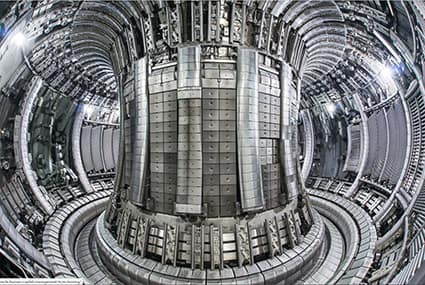
The EUROfusion team has achieved a first-ever sustained high-confinement plasma on the JET Tokamak using the same wall materials and fuel mix that ITER will use. Photo: UKAEA
“But since this is so expensive – we’re talking a multi- billion dollar machine — you want to get it right” with the computer codes that simulate real conditions, Brizard said. “The experiment doesn’t care about the math. It behaves the way it behaves in a very complex fashion.”
In his ongoing work in this area and others, the faculty physicist said, “I always look for opportunities for research with our Saint Michael’s physics students,” he said – “I use our junior and senior physics seminar courses as avenues for me to explore projects with our students and then develop research projects that are high-level.”
He said predicting when practical fusion energy generation might be a reality on Earth always has been hard to predict though everybody wants to know — “but I’d say, sure, in 100 years we’ll have nuclear fusion, and in 50 years, maybe 90 percent likelihood, but if you say 10 years, then I don’t know since ITER has not been built yet.” He and his colleagues expect the experimental reactor to start working in about 2028 and then years of experiments and simulations would need to follow before commercial generation of power from fusion.
About a decade ago, Brizard was elected a Fellow of the American Physical Society, which he describes as “a prestigious honor rarely awarded to professors at small liberal-arts colleges,” based on his work in developing mathematical models. “Sometimes I describe myself as an equation whisperer,” he said. “It is highly valued in the field.”


